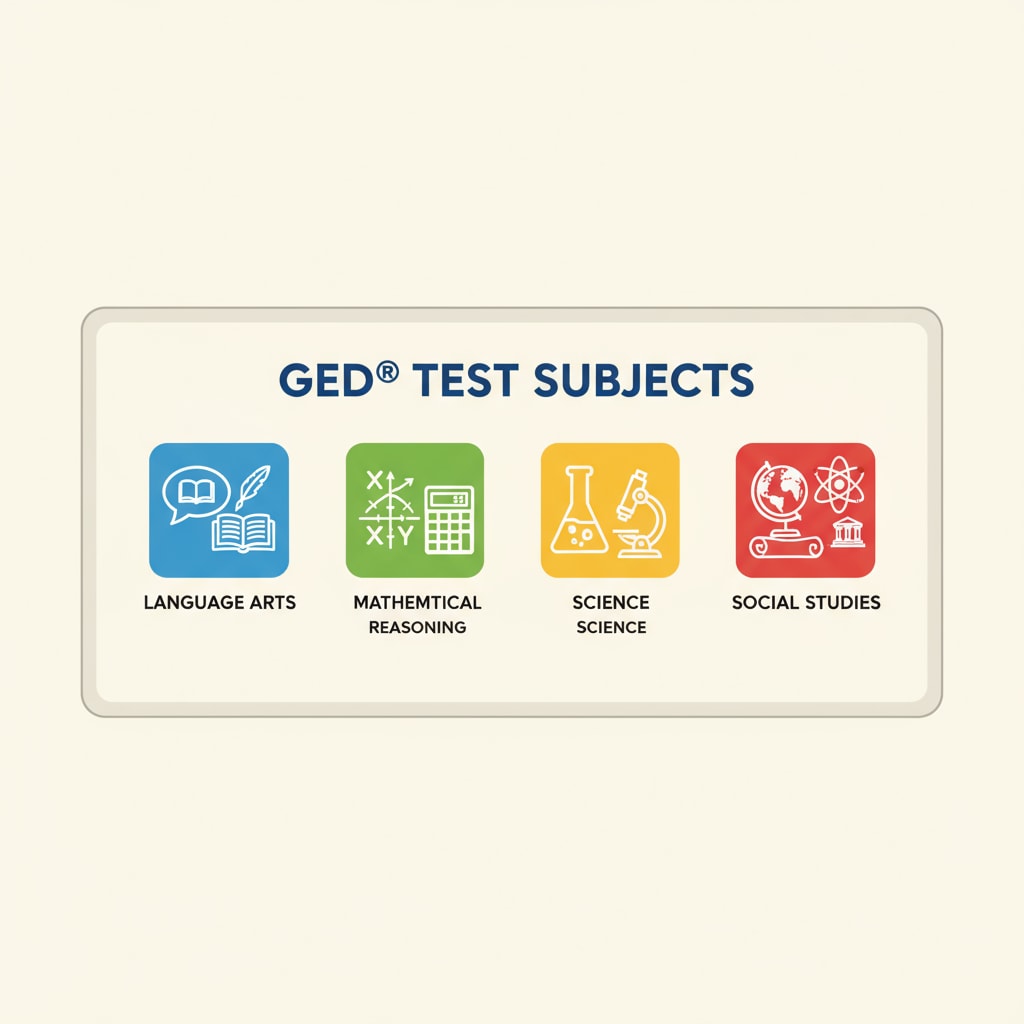Adult education offers a second chance for many individuals to enhance their educational qualifications. When considering options, the choice between a high school diploma and equivalent certificates like GED and HiSet can be a crucial decision. Understanding these differences is essential for making an informed choice.

The Significance of High School Diplomas in Adult Education
A high school diploma is the traditional educational credential awarded upon completing a full high school curriculum. In adult education, obtaining a high school diploma often involves enrolling in programs that cover all the necessary subjects, similar to what is taught in regular high schools. This includes courses in mathematics, science, language arts, and social studies. For example, some adult high school programs are designed to accommodate working adults, offering flexible schedules such as evening or online classes. High school diploma on Wikipedia
Understanding GED in the Realm of Adult Education
The General Educational Development (GED) is a widely recognized equivalent to a high school diploma. It consists of a series of tests that assess an individual’s knowledge in four key areas: reasoning through language arts, mathematical reasoning, science, and social studies. Unlike a traditional high school diploma, the GED focuses on demonstrating proficiency in these areas rather than completing a set curriculum. Many adults choose the GED route as it provides a quicker way to obtain an equivalent qualification. GED on Britannica

HiSet: Another Option in Adult Education
The High School Equivalency Test (HiSet) is also an alternative for adults seeking to prove their high school-level knowledge. It measures skills in reading, writing, mathematics, science, and social studies. One advantage of the HiSet is its flexibility in testing formats. It offers both paper-based and computer-based testing options, allowing test-takers to choose the format that suits them best. This can be especially beneficial for those who are more comfortable with a particular testing environment.
When making a decision between these options, it’s important to consider factors such as official recognition. In most cases, both high school diplomas and equivalent certificates like GED and HiSet are recognized by employers and post-secondary institutions. However, some highly competitive programs or employers may have a preference for a traditional high school diploma. Another factor is the time and effort required. Obtaining a high school diploma in adult education may take longer as it involves completing a full curriculum, while GED and HiSet can be achieved in a shorter period through focused test preparation.
Readability guidance: By breaking down the differences between these educational credentials, adults can better understand which option aligns with their goals. Whether it’s further education, career advancement, or personal growth, choosing the right path in adult education is crucial. So, take the time to research and make the best decision for your future.


